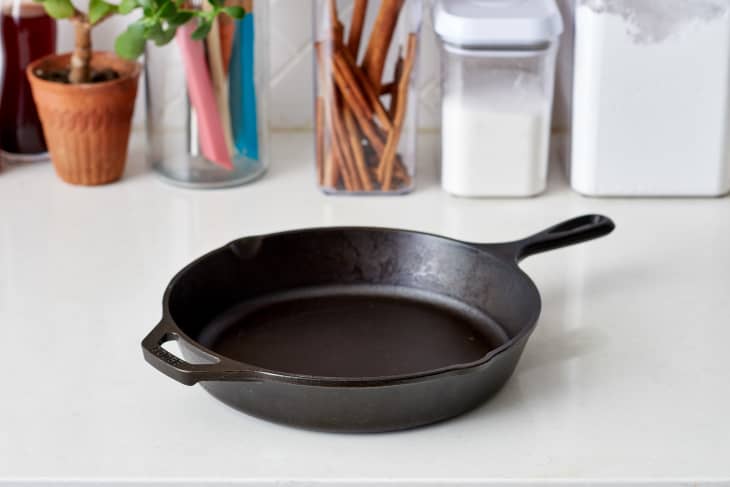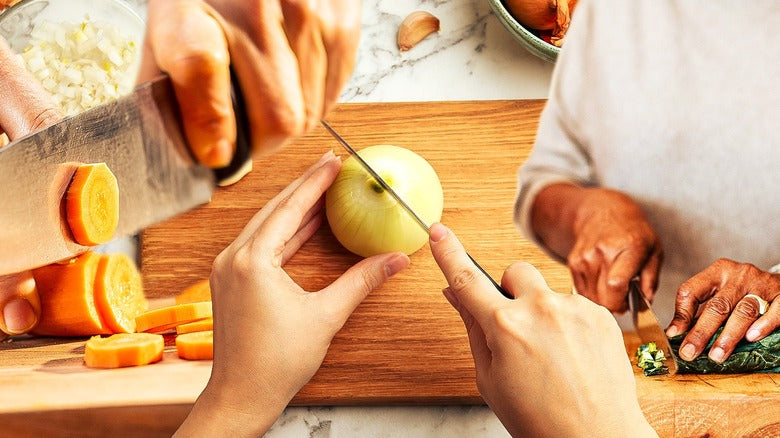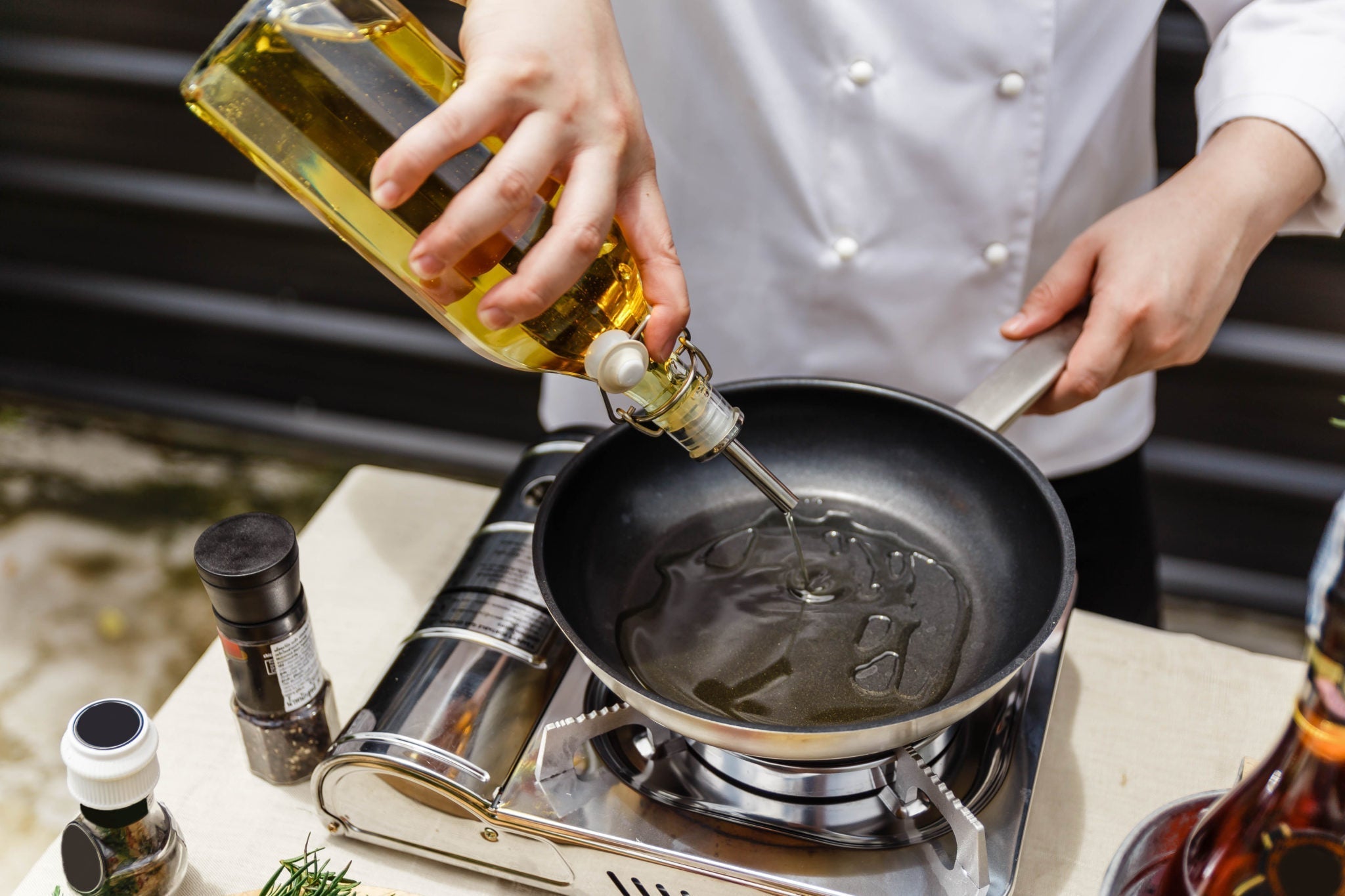If you're looking to elevate your culinary skills, mastering how to prepare a cast iron skillet is a must for any kitchen enthusiast. A meticulously prepared cast iron skillet not only extends the life of your cookware but also significantly improves your cooking outcomes. The process of prepping involves more than just a quick clean; it encompasses seasoning, proactive care, and specific techniques that enhance your results.
To fully appreciate the benefits of cooking with cast iron, understanding this preparation process is vital. In this article, we'll explore the nuanced art of preparing your cast iron skillet and share effective tips and insights along the way.

Why Choose a Cast Iron Skillet?
Cast iron skillets are renowned in kitchens worldwide for numerous reasons:
- Exceptional Heat Retention: They retain heat remarkably well, making them perfect for searing meats.
- Multi-Functionality: Suitable for both stovetop and oven use.
- Longevity: With the right maintenance, they can last a lifetime.
Steps for Preparation
Understanding how to prepare a cast iron skillet effectively involves knowing the necessary steps. Here's a closer look:
1. Cleaning Your Skillet
The first step is properly cleaning your skillet:
After cooking, let your skillet cool down slightly. Use hot water to rinse it, avoiding soap as it can jeopardize the seasoning. A stiff brush or a scraper can help eliminate any stubborn food residue.
For tough spots, consider using coarse salt as a natural abrasive. Once cleaned, dry it thoroughly with a cloth or paper towel.
2. Seasoning Your Skillet
Seasoning is a critical aspect of keeping your skillet ready for use:
Post-cleaning, evenly coat the skillet inside and out with a thin layer of vegetable oil, flaxseed oil, or shortening. Then, place it upside-down in an oven preheated to 450F for an hour to help the oil bond with the cast iron, creating a natural, non-stick surface that improves with each use.
3. Prioritize Maintenance
Maintaining your skillet's condition is key to its longevity. Here are essential maintenance tips:
- Regular Cleaning: Clean your skillet after each use, sans soap.
- Re-seasoning: Reapply oil and heat the skillet every few months or as necessary.
- Prevent Rust: Ensure it is completely dry before putting it away.
Avoid Common Mistakes
When figuring out how to prepare a cast iron skillet, watch out for these common missteps:
- Using Soap: This strips away the seasoning.
- Neglecting to Dry Properly: Remaining moisture can lead to rust.
- Overlooking Seasoning: A well-seasoned skillet delivers optimal performance.

Frequently Asked Questions
1. Is it safe to use soap on my cast iron skillet?
It's advisable to avoid soap, as it can damage the seasoning layer.
2. How often should I re-season my skillet?
Generally, it's good practice to re-season every couple of months or as the need arises.
3. What should I do if my skillet develops rust?
You can re-season it, but if the rust is extensive, you'll need to scrub it down completely and start over.
For more guidance on cleaning cast iron skillets, check out this valuable resource at Cook Smarts. You can also learn how to remove seasoning or cook deep-dish pizza in a cast iron skillet. Additionally, if you're curious about the smoke point of safflower oil, we have you covered.
As an Amazon Associate, I earn from qualifying purchases.






Leave a comment
This site is protected by hCaptcha and the hCaptcha Privacy Policy and Terms of Service apply.